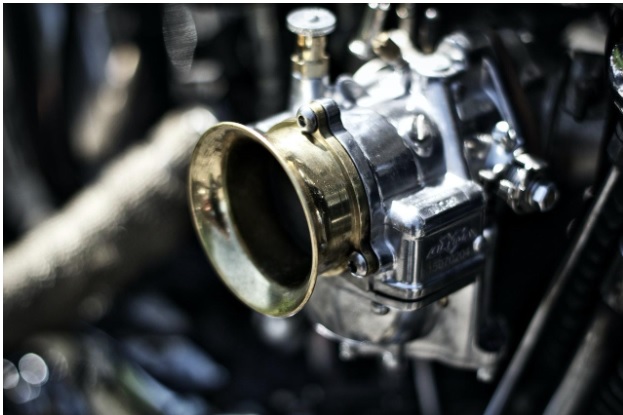Protecting Your Toronto Home the Importance of Installing a Backwater Valve

Backwater valves are a crucial component in the plumbing system of buildings. especially in areas where flooding is common. Toronto, being situated near Lake Ontario, is prone to heavy rainfall and high water levels, making the installation of backwater valves a necessary measure to prevent water damage in homes and buildings.
A backwater valve in Toronto is a device that prevents sewage and wastewater from flowing back into a building through its plumbing system during heavy rainfall or high water levels. The valve operates by allowing water to flow in one direction while sealing the system to prevent backflow. This ensures that the building’s plumbing system remains clear of sewage waste water protecting the building’s interior from water damage & potential health hazards.
In Toronto, the city government mandates the installation of backwater valves in homes and buildings. The installation of backwater valves is considered an essential safety measure for building owners as it reduces the risk of water damage and health hazards associated with backflow.
In Toronto, there are several types of backwater valves available for installation, including:
1: Flap-Type Backwater Valves: These backwater valve in Toronto consist of a flap that opens and closes based on the direction of water flow. They are the simplest and most affordable type of backwater valve, but they can become clogged with debris over time and may frequent maintenance.
2: Dual-Check Backwater Valves: These valves have two check valves that work together to prevent backflow. They are slightly more expensive than flap-type valves but provide greater protection against backflow.
3: Pressure Vacuum Breaker Backwater Valves: These valves are designed to prevent backflow caused by changes in pressure. They are more complex and expensive than other types of backwater valves but provide the highest level of protection against backflow.
4: Electronic Backwater Valves: These valves use sensors to detect water flow and control the valve accordingly. They are typically the most expensive type of backwater valve but offer the highest level of accuracy and convenience.
5: Plug-Type Backwater Valves: These valves use a rubber plug to prevent backflow. They are relatively simple and affordable, but the rubber plug can become brittle over time and may need to be replaced.
6: Ball-Type Backwater Valves: These valves use a ball that rotates to prevent backflow. They are more expensive than flap-type valves but provide greater protection against backflow.
7: Check-Type Backwater Valves: These valves consist of a spring-loaded check valve that prevents backflow. They are more reliable than flap-type valves but can be more expensive.
8: Air Admittance Valves: These valves allow air into the plumbing system to prevent a vacuum from forming and causing backflow. They are relatively simple and affordable, but may not be suitable for all buildings and plumbing systems.
9: Backwater Valve Assembly: These are complete assemblies that include a backwater valve, backflow preventer, and other components to provide complete protection against.
Why Installing Backwater Valves in Homes is Important
Installing a backwater valve in homes is crucial to prevent damage caused by sewer backups. During heavy rain or clogged sewer lines, wastewater can flow back into the home through the drains, causing significant damage to the property and personal belongings. The backwater valve acts as a barrier, allowing wastewater to flow out of the home, but preventing it from flowing back in. This helps to protect the home and its contents from costly and unsanitary sewer backup damage.
To maintain a backwater valve and ensure its proper functioning, the following steps can be taken:
* Regular inspection: Check the valve periodically for any signs of damage or wear and tear. Look for cracks or corrosion in the body of the valve or any other components.
* Cleaning: Clean the valve and surrounding area to prevent any buildup of debris or sediment that could interfere with its operation.
* Testing: Test the valve by flushing the toilet or running water through. The drain to make sure it opens & closes properly.
* Lubrication: If the valve is manual, lubricate the components regularly to ensure smooth operation.
* Professional maintenance: Have a professional plumber inspect and maintain the valve every 2-3 years to make sure it is functioning correctly and to detect any potential problems before they become serious.
It’s important to regularly maintain your backwater valve to keep it in good working order and ensure that it will provide effective protection for your home during heavy rain or sewer backups.






